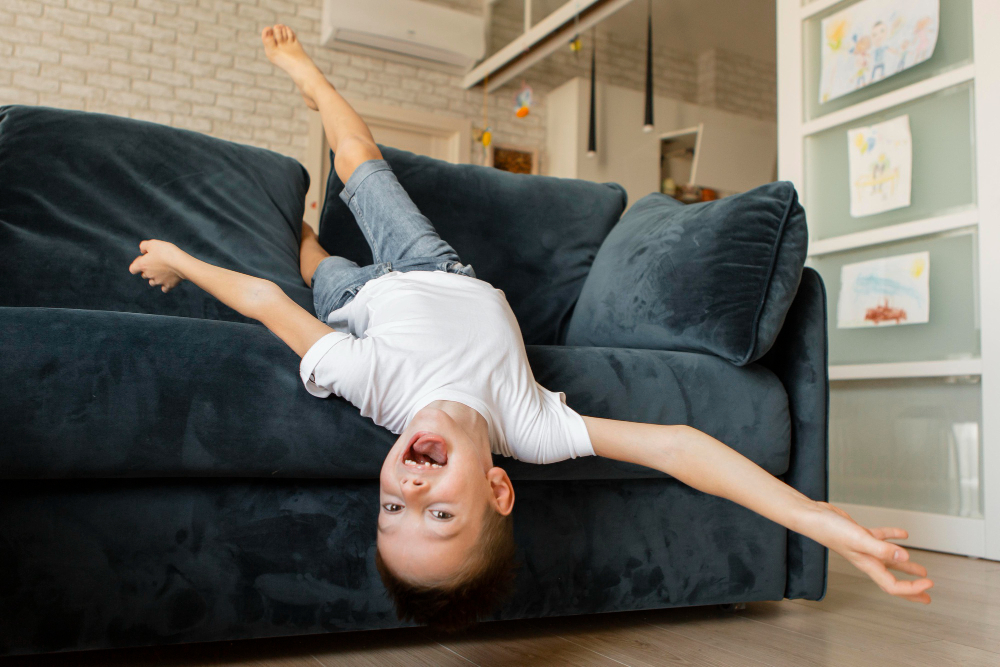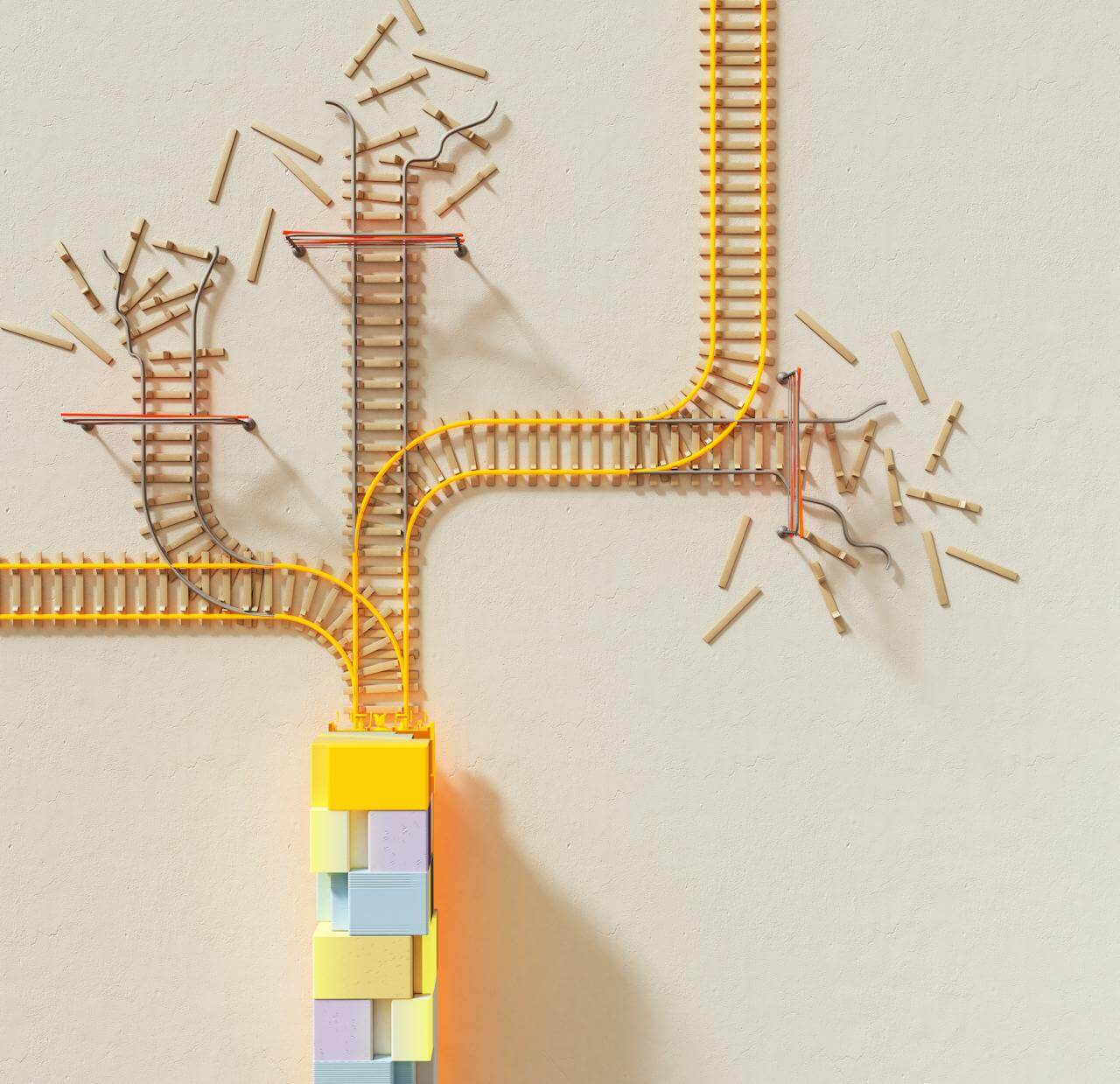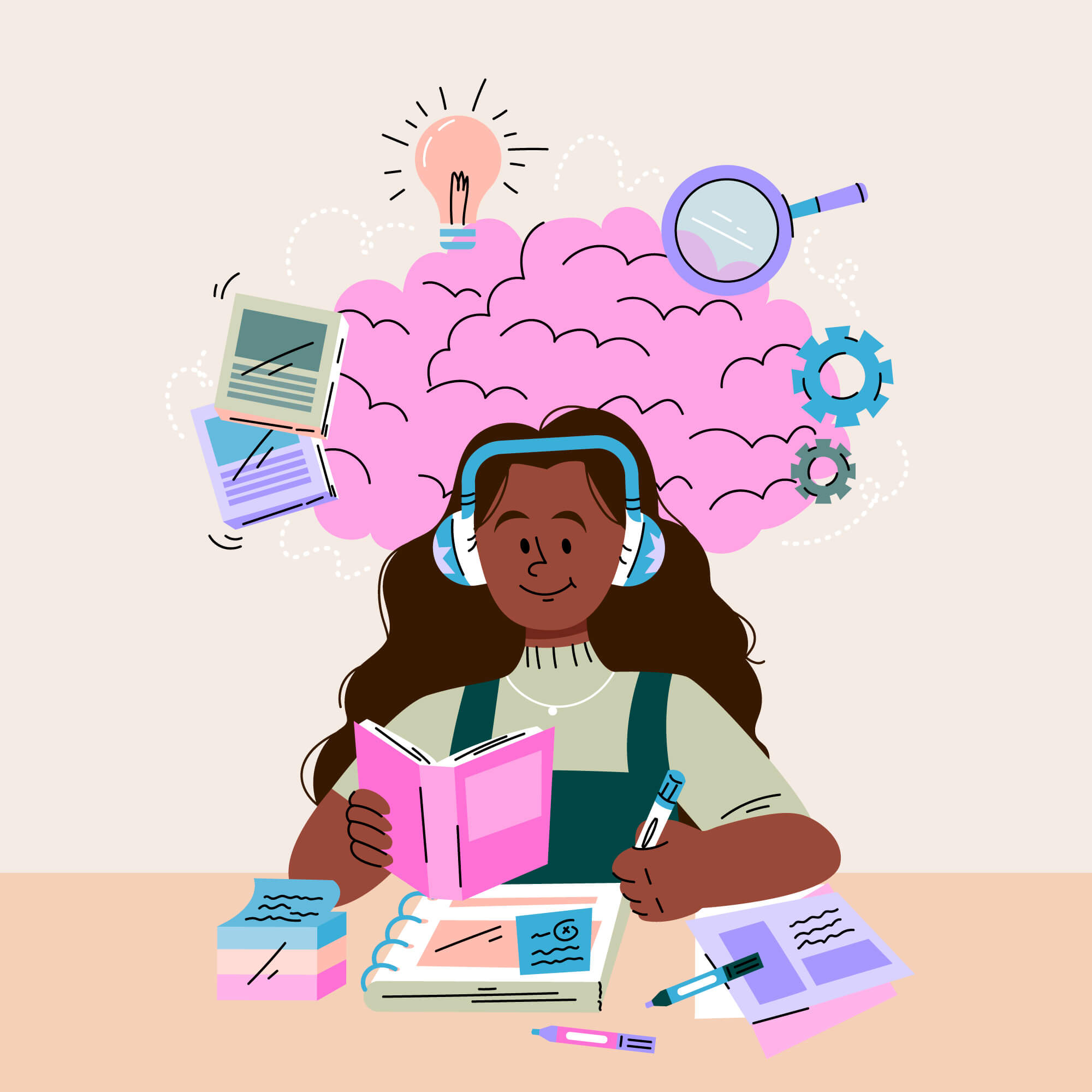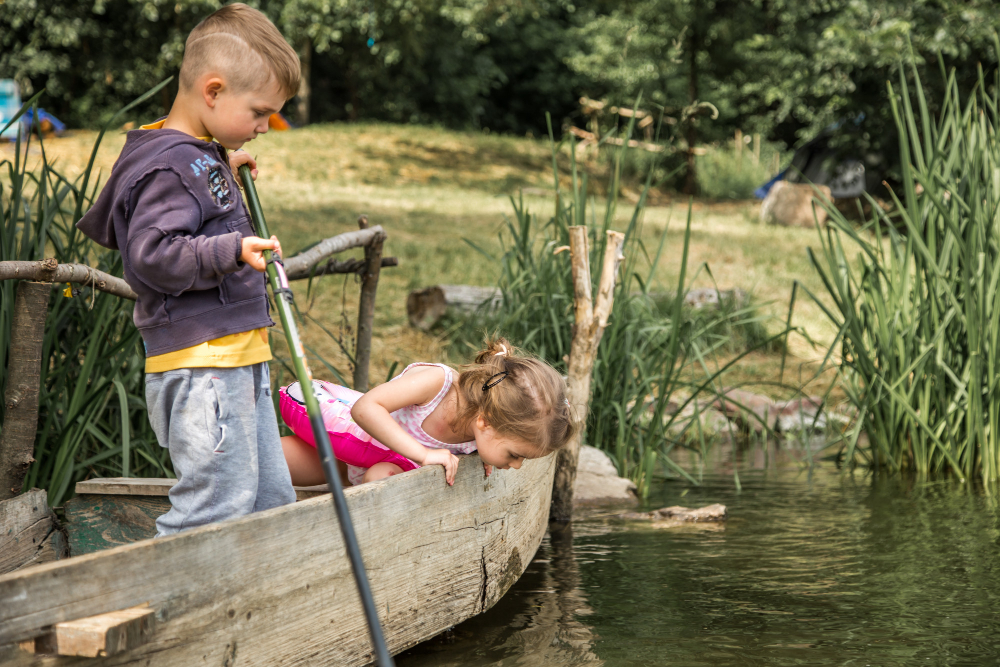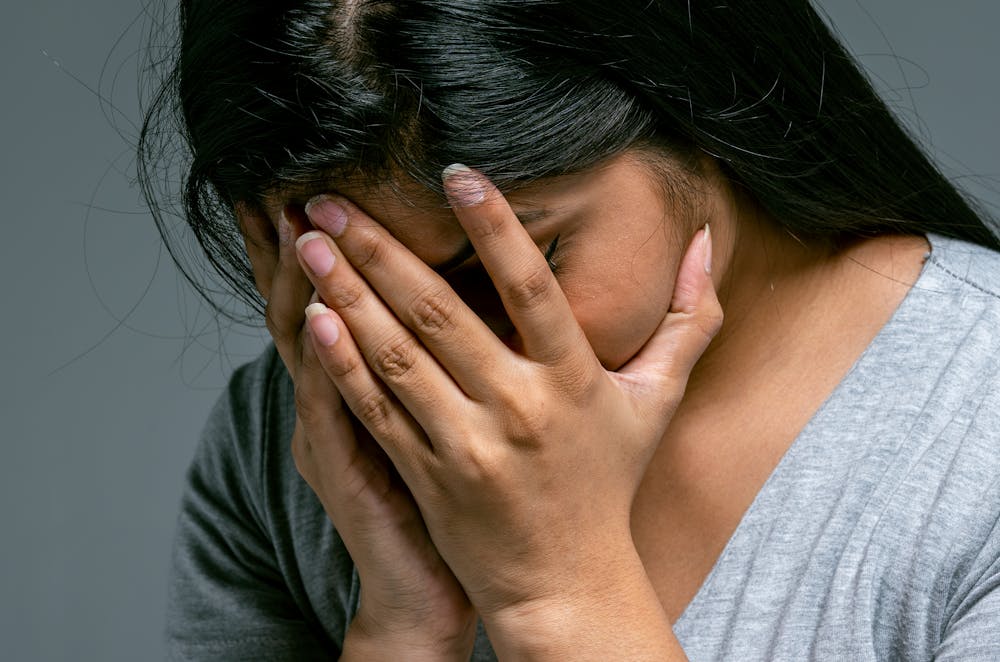For seven years, two of the main goals that appeared and reappeared on my children’s IEPs were almost always the same, as if pulled from a dusty old template: will self-regulate and will self-advocate. On paper, these goals might seem innocuous—even admirable. Who wouldn’t want their child to manage their emotions with grace or confidently articulate their needs? But year after year, what I witnessed was not growth, not scaffolding, not support. What I witnessed was the slow erosion of nuance. These goals didn’t act as plans; they functioned as behavioural expectations wrapped in therapeutic language. They weren’t invitations to build capacity. They were demands to perform. To conform. To suppress. To disappear.
The problem with goals like ‘will self-regulate’
There is something eerily hollow about reading a line like “will self-regulate” in an official document meant to guide your child’s education. It sits there, strangely detached, divorced from any context, as if emotional regulation is a switch that a child flips when sufficiently motivated. These goals are rarely grounded in specifics—no mention of what support will be offered, what triggers might be anticipated, what environment might be modified. The distress is treated as the child’s burden to carry, a private failing, a behavioural inconvenience to be managed in isolation.
In practice, self-regulation goals are often translated by the system into one chilling imperative: “Will stop having meltdowns.” The circumstances—bright lights, loud noise, social friction, relentless demands—are treated as fixed. The only variable to be adjusted is the child. The idea that an autistic child might have a perfectly reasonable emotional reaction to an unreasonable environment is simply not entertained.
And here’s the critical thing: a child in fight, flight, freeze, or fawn cannot access the cognitive resources required to meet these expectations. You can’t reason with a child who is in physiological distress; their brain is prioritizing survival. The child who doesn’t ask for help may not be avoiding responsibility—they may be frozen, overwhelmed, terrified. They may not be choosing to shut down. They may simply be unable to reach out. And when we set goals that ignore this fundamental truth about neurobiology, we aren’t helping—we’re gaslighting.
The problem with ‘will self-advocate’
Equally seductive, and equally damaging, is the goal that says, “will self-advocate.” It has the sheen of empowerment. It looks like agency. But scratch the surface and it often means: support will not be offered unless the child knows to ask. And if they don’t ask, or can’t ask, or are too frightened or too burnt out or too ashamed to ask? Then no help will come.
This presumes a level of insight, safety, fluency, and trust that few children possess—especially children who have spent years being misunderstood, punished, or ignored. It shifts responsibility from the system that failed them to the child who is now asked to manage its failings with grace and eloquence.
For high-masking students—those who smile through overwhelm, those who fall apart at home—this goal becomes a trap. Their silence is misread as stability. Their politeness is mistaken for competence. And when they finally do break, it is seen not as a sign that something is wrong, but as a betrayal of the system’s illusion of success.
What these goals really mean
When you read between the lines of so many IEPs, what you find is not a vision for support, but a mandate for invisibility. These are not goals for learning. They are goals for containment. Goals for assimilation. Goals for making a neurodivergent child easier to manage, less disruptive, less expressive, less themselves.
It is not about what the child needs to thrive—it is about what the system needs to feel comfortable.
The silent message of these goals is this: You may be different, but only if you hide it. Only if you bend. Only if you ask nicely. And if you can’t do that? Then you are the problem. Not the lack of ramps, not the blaring bells, not the zero-period gym class, not the endless worksheets or fluorescent lights or chaotic lunchrooms. You.
A better approach
We need goals that are scaffolds, not spotlights; that describe what the school will change, not how the child must shrink. We need goals that:
- Honour communication differences, instead of demanding conformity
- Recognise regulation as relational, not just individual
- Support access and participation, not just performance
- Name what adults will do, not just what children will endure
Here are a few examples of how we can rewrite these goals from the ground up:
| Harmful Goal | Reframed Neurodiversity-Affirming Goal |
|---|---|
| Will self-regulate | Will access sensory tools and a quiet space to support regulation, with adult assistance as needed |
| Will self-advocate | Will be offered support proactively and taught multiple ways to communicate needs, including nonverbal cues |
| Will tolerate transitions | Will be given advance notice, visual schedules, and transition supports to reduce distress |
| Will reduce verbal outbursts | Will use alternative communication tools and co-regulation strategies to express distress safely |
What families can do
If you find yourself staring down another IEP that asks your child not to need help—not to feel, not to speak, not to exist inconveniently—know that you have the right to question it. You have the right to propose changes. You have the right to name what has never worked and what might, finally, make a difference.
Try this:
- Ask what support will be provided to help your child meet the goal.
- Reframe the goal in terms of environment, access, or support strategies.
- Share insights from assessments or lived experience that illuminate why these needs exist.
- Propose your own goals, even if they don’t match the template.
-
IEP goals we actually believe in mostly (even though we wish they didn’t exist)
Let’s get this out of the way: we hate IEP goals !!!! If you’re a parent who hears the phrase “IEP goals” and feels your stomach drop, you’re not alone. Most of us have seen goals that are vague, punitive, performative, or downright…
Closing
IEPs were never supposed to be about fixing children. They were supposed to be about including them.
When goals become tools for erasure, it is not the child who needs to change. It is the system. And our job—as parents, educators, advocates, and allies—is to keep naming what we see. To keep writing what needs to be written. To hold the line not just for support, but for dignity.
Because what our children need most is not to become someone else. It is to be themselves—supported, understood, and free.


